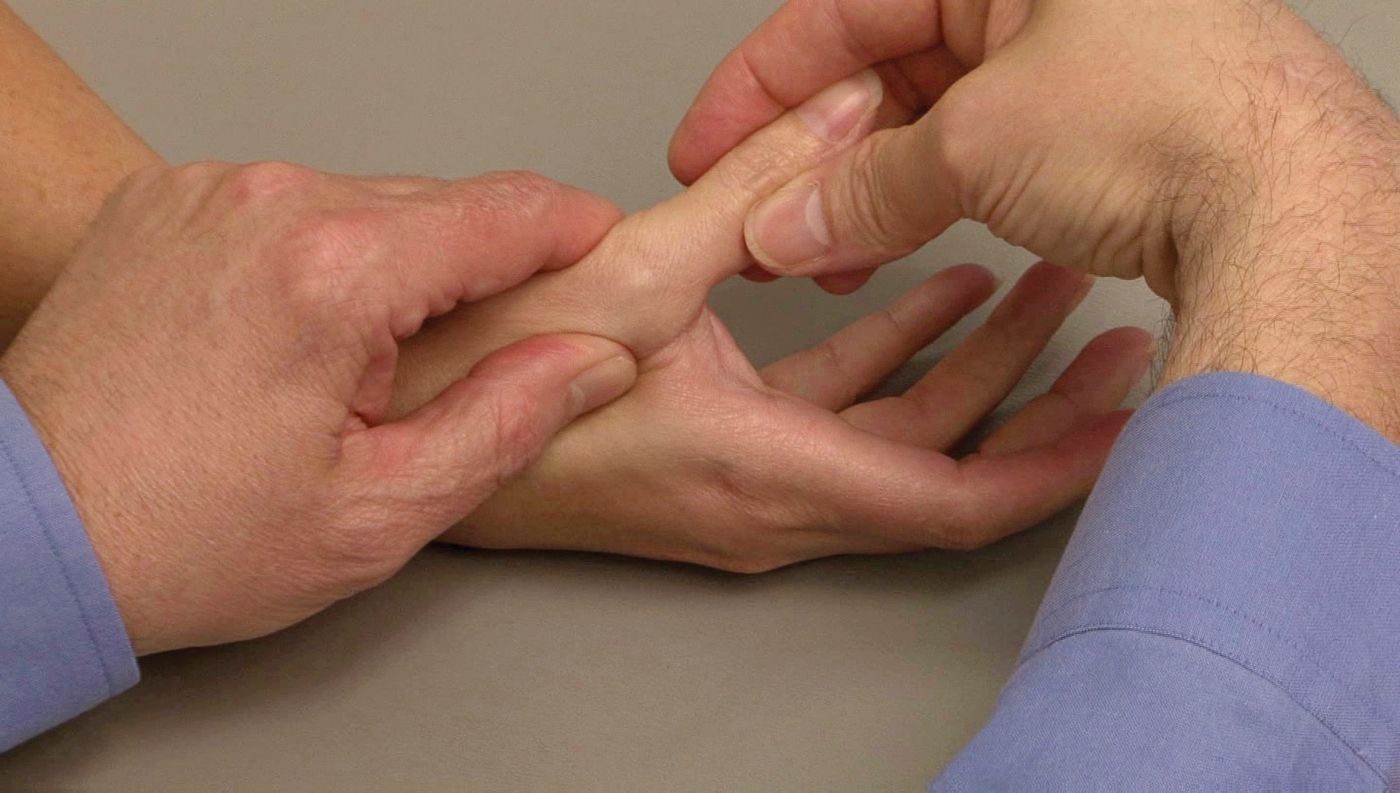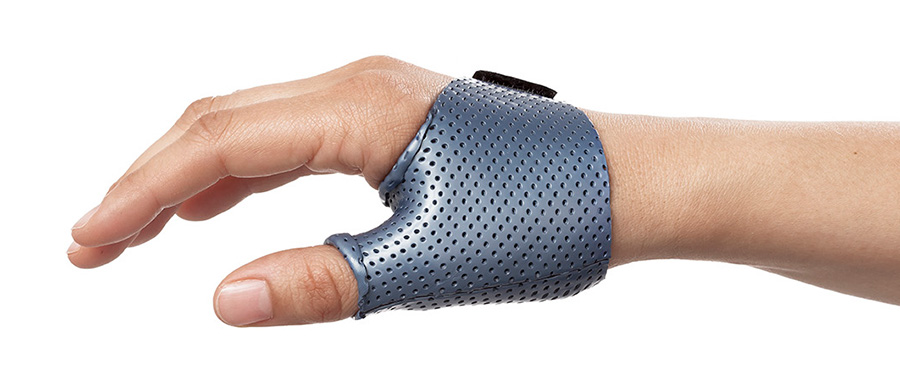Ligament and Soft Tissue Injuries of Wrist and Hand
Ligament and soft tissue injuries of the wrist and hand are
common occurrences and can result from various traumatic events, sports
activities, or repetitive use of the hand. These injuries can cause pain,
swelling, and limited function, affecting the hand's ability to perform
everyday tasks. Here are some common ligament and soft tissue injuries of the
hand:
- Sprains:
Hand sprains involve the stretching or tearing of ligaments that connect
bones to other bones. Ligaments are essential for stabilizing joints and
preventing excessive movement. Sprains can occur in any joint of the hand,
including the finger joints and the wrist.
- Tendon
Injuries: Tendons are tough, fibrous tissues that connect muscles to
bones. In the hand, tendons enable the fingers and thumb to move. Tendon
injuries can include strains, partial tears, or complete tears, and they
may result from acute trauma or overuse.
- Trigger
Finger (Stenosing Tenosynovitis): This condition involves inflammation and
thickening of the sheath surrounding a tendon in the finger. It can cause
the affected finger to catch or lock in a bent position, making it
difficult to straighten.
- Mallet
Finger (Baseball Finger): A mallet finger occurs when the extensor tendon
of a finger is damaged or torn, usually by a forceful impact on the
fingertip. It leads to the inability to straighten the finger at the last
joint.
- Skier's
Thumb (Gamekeeper's Thumb): This injury affects the ulnar collateral
ligament of the thumb, usually resulting from a forceful abduction or
hyperextension of the thumb. It can cause pain and instability in the
thumb joint.
- Boutonniere
Deformity: This injury involves a disruption of the central slip of the
extensor tendon in the finger, leading to the characteristic appearance of
a bent middle joint and a hyperextended end joint.
- Swan
Neck Deformity: This deformity occurs when the volar plate, a ligament
that stabilizes the finger joint, is injured, causing the middle joint to
hyperextend and the end joint to flex.
- Wrist
Sprain: A wrist sprain involves the stretching or tearing of ligaments in
the wrist joint. It can occur due to sudden impact, twisting, or bending
of the wrist beyond its normal range of motion.
- TFCC
Tear: The triangular fibrocartilage complex (TFCC) is a group of
ligaments, tendons, and cartilage that stabilizes the wrist. A TFCC tear
can result from a fall on an outstretched hand or excessive rotation of
the wrist.
- Carpal
Tunnel Syndrome: This condition involves compression of the median nerve
as it passes through the carpal tunnel in the wrist. It can cause pain,
tingling, and numbness in the hand and fingers.
- Tendinitis:
Tendinitis is inflammation of the tendons that attach muscles to bones in
the wrist. It can be caused by repetitive movements or overuse of the
wrist.
- De
Quervain's Tenosynovitis: This condition affects the tendons on the thumb
side of the wrist and causes pain and swelling. It is often associated
with repetitive thumb and wrist motions.
- Ligament
Tear: In addition to sprains, more severe injuries can lead to partial or
complete tears of the ligaments that stabilize the wrist joint.
- Ganglion
Cyst: Ganglion cysts are non-cancerous lumps that commonly develop along
the tendons or joints of the wrist. They can cause discomfort and may
affect wrist movement.
- Flexor
and Extensor Tendon Injuries: These injuries involve damage to the tendons
that control finger and wrist movements. They can result from cuts,
lacerations, or overuse.
Treatment of ligament and soft tissue injuries of the hand
may involve:
- Immobilization:
Splints or casts may be used to immobilize the injured area and allow the
tissues to heal.
- Hand
Therapy: Exercises and therapy can
help improve strength, flexibility, and function in the hand after the
initial healing phase.
- Medications:
Nonsteroidal anti-inflammatory drugs (NSAIDs) may be prescribed to manage
pain and inflammation, please discuss with your GP or the specialist if you need a prescription.
- Injections:
In some cases, corticosteroid injections may be used to reduce inflammation
and pain, your GP or the specialist will determine in consultation with the hand therapist
- Surgery:
Severe ligament or tendon injuries may require surgical repair or
reconstruction.
If you suspect a ligament or soft tissue injury in your
hand, it's essential to seek medical attention from a healthcare professional,
particularly a hand specialist. Early and accurate diagnosis, as well as
appropriate treatment, can promote proper healing and restore hand function.


© 2023 Healing Hands Hand Therapy All Rights Reserved
